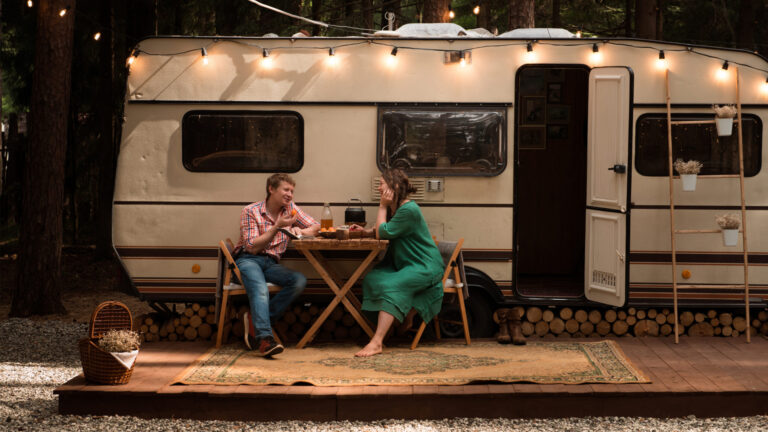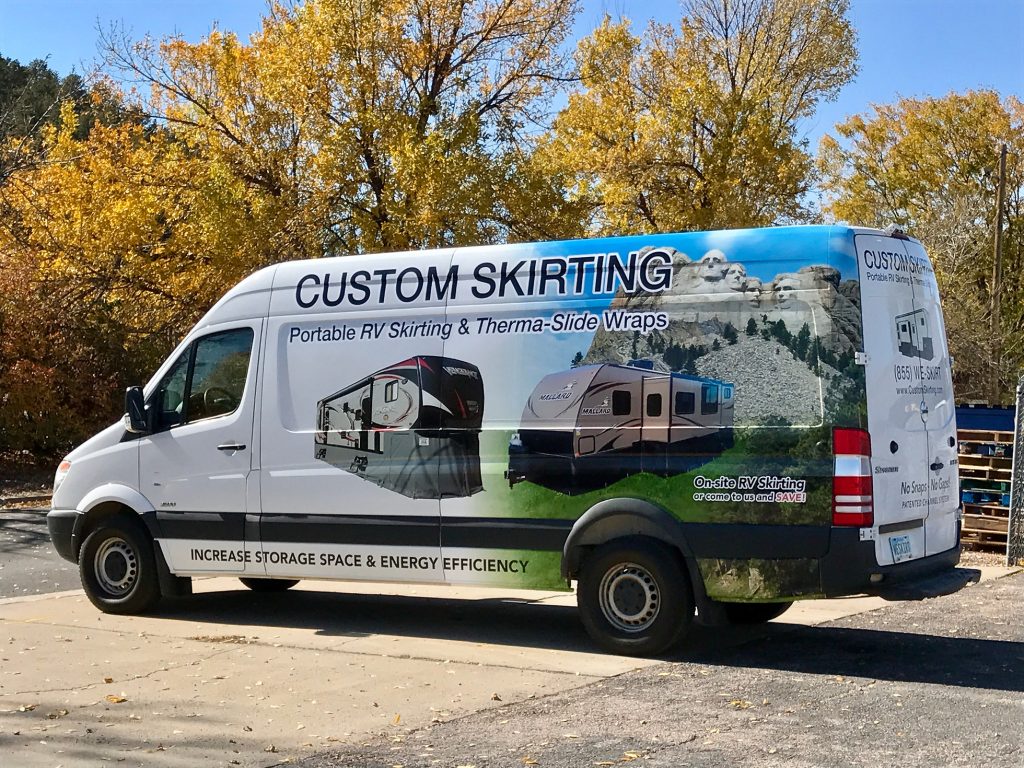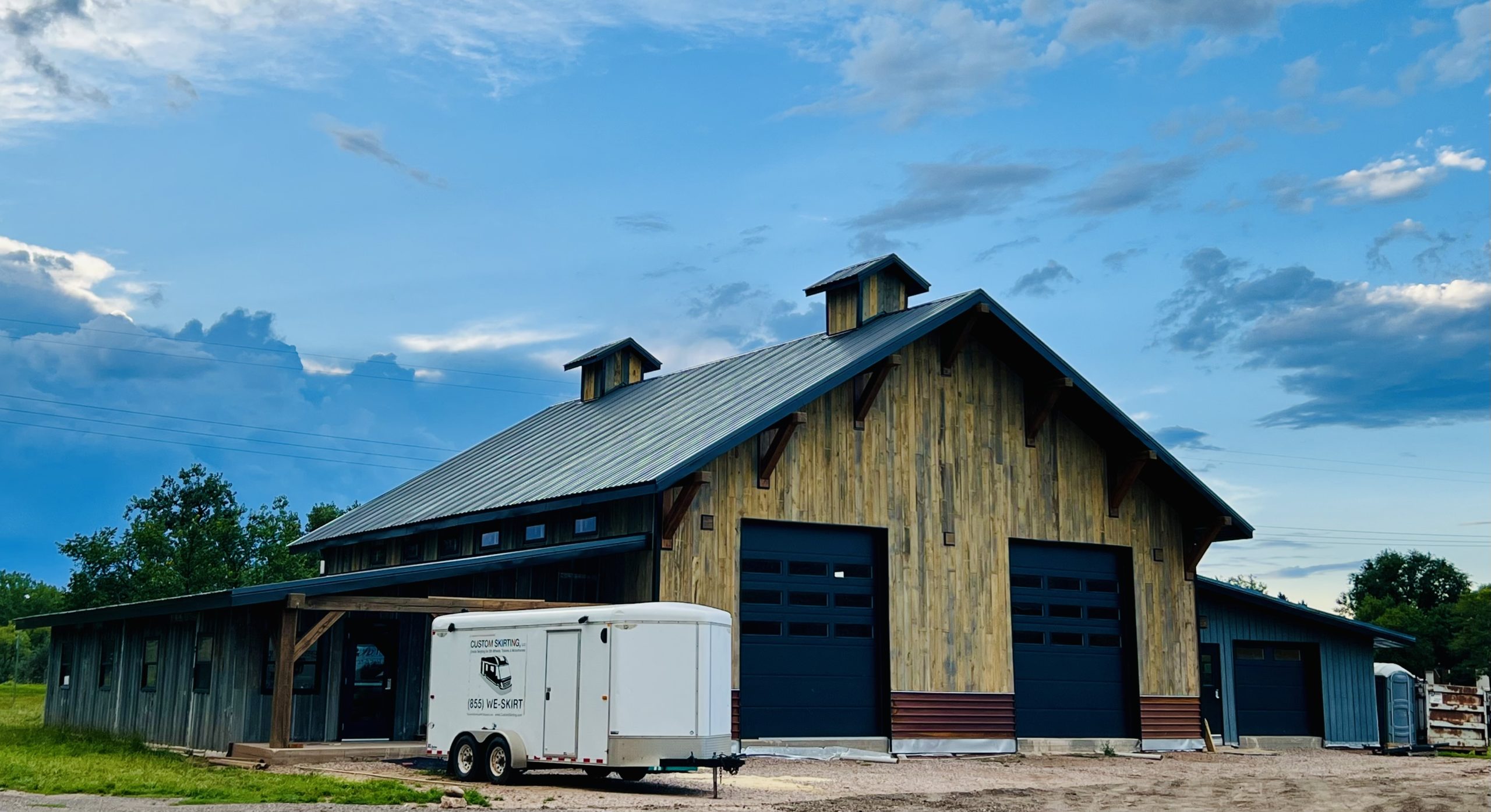Table of contents
- 1. Choose the Right RV for Long-Term Living
- 2. Set Up a Proper Site for Your Stationary RV
- 3. Maximize Your Living Space
- 4. Create a Comfortable Outdoor Living Area
- 5. Ensure Reliable Internet and Connectivity
- 6. Adapt to Seasonal Changes
- 7. Establish a Sense of Community
- 8. Manage Finances and Budgeting
- 9. Address Legal and Practical Considerations
- 10. Maintain Your RV for Long-Term Living
- Related Articles
Stationary RV living is becoming increasingly popular as more people seek to simplify their lives, achieve financial freedom, and enjoy a flexible lifestyle. Whether you’re new to stationary RV living or considering it as a long-term lifestyle choice, understanding the ins and outs of this unique way of life is crucial. Unlike full-time traveling, stationary RV living involves setting up your RV in a fixed location, which can offer a different set of benefits and challenges. By planning carefully and preparing adequately, stationary RV living can be a comfortable and rewarding experience. In this article, we will explore essential tips to make your transition to stationary RV living smooth and enjoyable, addressing key aspects such as the best RVs for long-term living, site setup, maximizing space, and more. Discover 10 essential tips for stationary RV living for beginners and the must-haves for a successful stationary RV living experience!
1. Choose the Right RV for Long-Term Living
Selecting the right RV is a crucial first step in stationary RV living for beginners. Unlike short-term travel, stationary RV living requires an RV that can handle extended stays and varying climate conditions. When choosing an RV for stationary living, consider factors such as:
- Climate Adaptability: If you plan to live in different climates throughout the year, ensure your RV is equipped with features that allow it to handle extreme temperatures. Look for RVs with good insulation, reliable heating systems, and air conditioning units.
- Interior Living Space: Since you’ll be living in your RV long-term, prioritize models with ample living space and comfortable furnishings. Fifth wheels and motorhomes often offer more space and better amenities compared to travel trailers.
- Essential Amenities: Evaluate the RV’s kitchen, bathroom, and sleeping arrangements to ensure they meet your needs for daily living. Features such as a full-size refrigerator, a spacious shower, and a comfortable bed are important for long-term comfort.
Different types of RVs have varying suitability for stationary living. Motorhomes provide ease of setup and often have more living space, while fifth wheels offer a home-like experience with a separate living area and better insulation. Travel trailers are a more budget-friendly option but may require additional setup and leveling.
2. Set Up a Proper Site for Your Stationary RV
Creating a suitable site for your stationary RV is essential for a comfortable living experience. Here are some key considerations:
- Concrete Pad: Pouring a concrete pad provides a stable and level surface for your RV. This prevents shifting and settling, which can cause damage over time.
- Utility Hookups: Set up reliable utility hookups for electricity, water, and sewer. Proper hookups are vital for the smooth operation of your RV’s systems. Make sure your site has access to these services and that they are installed correctly.
- Outdoor Living Spaces: Enhance your RV lifestyle by creating outdoor living spaces. This can include patios, outdoor kitchens, and seating areas. Proper leveling and stabilization of your RV are crucial to ensure safety and comfort.
3. Maximize Your Living Space
Living in a stationary RV means making the most of a limited space. Here are some tips to optimize your RV’s interior:
Creative Storage Solutions: Utilize vertical space and hidden compartments to store your belongings. Consider adding shelves, hanging organizers, and under-bed storage to keep your RV clutter-free. These are crucial stationary RV living must haves.
Multi-Functional Furniture: Choose furniture that serves multiple purposes. For example, a sofa bed can provide both seating and sleeping options, while a fold-out table can be used for dining or working. This approach is one of the stationary RV living must haves.
Declutter and Minimize: Adopting a minimalist lifestyle can help you manage the limited space in your RV. Regularly declutter and only keep items that are essential or have a specific purpose.
4. Create a Comfortable Outdoor Living Area
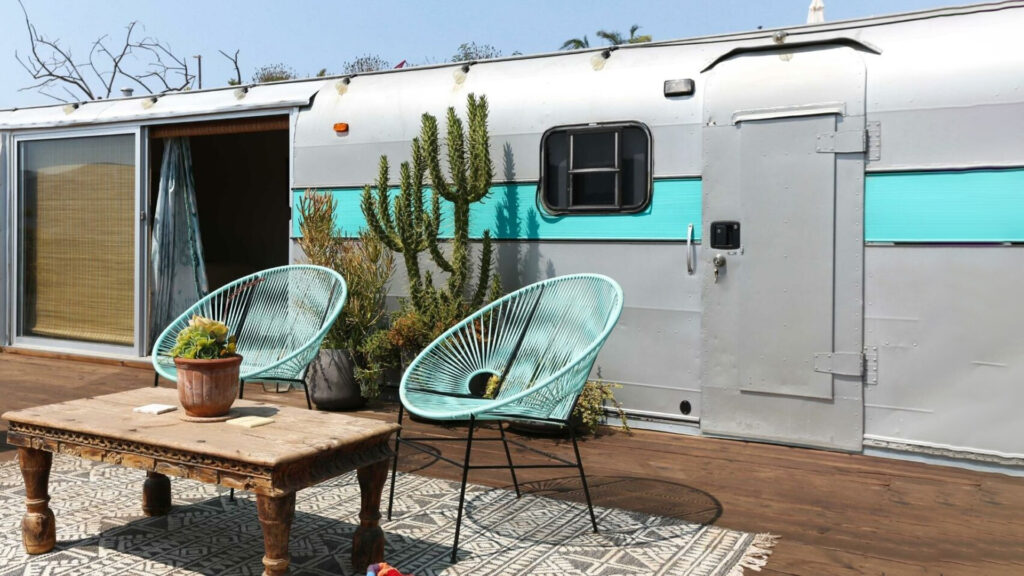
Extending your living space to the outdoors can greatly enhance your RV experience. Here’s how to create an inviting outdoor area:
- Patios and Decks: Consider adding a patio or deck to your RV site. This can provide extra space for relaxing and entertaining guests.
- Outdoor Kitchens: An outdoor kitchen can make cooking more enjoyable and keep cooking odors out of your RV. Include essentials like a grill, counter space, and storage for utensils.
- Seating and Lighting: Invest in comfortable outdoor furniture and add lighting to create a cozy atmosphere. String lights, lanterns, or solar-powered lights can make your outdoor area inviting and functional.
5. Ensure Reliable Internet and Connectivity
Staying connected is crucial for both work and leisure. Here’s how to ensure reliable internet connectivity:
- Cellular Data Plans: Many RVers use cellular data plans for internet access. Look for plans with high data limits and good coverage in your area.
- Wi-Fi Extenders: A Wi-Fi extender can boost the signal from nearby networks, providing a more stable connection when staying in RV parks or campgrounds.
- Satellite Internet: For remote locations with limited cellular coverage, satellite internet might be the best option. This service offers reliable connectivity but can be more expensive than other options.
6. Adapt to Seasonal Changes
Preparing your RV for different seasons is essential for maintaining comfort and functionality, especially for stationary RV living for beginners. Here are some tips:
- Winterization: When temperatures drop, protect your RV’s water systems from freezing by using antifreeze and insulating pipes. Keep the interior warm with proper heating and consider adding thermal curtains.
- Summer Cooling: To stay cool in the summer, use your RV’s air conditioning effectively and consider adding fans or shade solutions. Insulating your RV can also help keep the temperature down.
- Regular Maintenance: Regular maintenance checks are important to ensure that your RV’s systems are functioning properly throughout the year. This includes inspecting seals, checking for leaks, and cleaning filters.
7. Establish a Sense of Community
Building connections and finding community can enhance your RV lifestyle. Here’s how to connect with others:
- Join RV Clubs: Many RV clubs and organizations offer social events, rallies, and resources for stationary RVers. Joining these groups can provide a sense of community and opportunities to meet fellow RV enthusiasts.
- Campground Activities: Participate in activities and events at your campground or RV park. This can be a great way to socialize and integrate into the local community.
- Local Engagement: Engage with local communities and explore nearby towns. Building relationships with locals can provide a deeper connection to your stationary location.
8. Manage Finances and Budgeting
Budgeting for stationary RV living for beginners involves understanding and managing various costs:
- Site Rent: Factor in the cost of renting a site for your RV. Rates can vary based on location, amenities, and length of stay.
- Utilities and Maintenance: Budget for utility costs, including electricity, water, and sewer. Regular maintenance and repairs should also be considered to keep your RV in good condition.
- Insurance: RV insurance is essential for protecting your investment. Shop around for coverage that suits your needs and budget.
Comparing the financial aspects of stationary RV living to traditional housing can reveal potential savings. Reduced living costs and fewer maintenance responsibilities are some of the financial benefits.
9. Address Legal and Practical Considerations
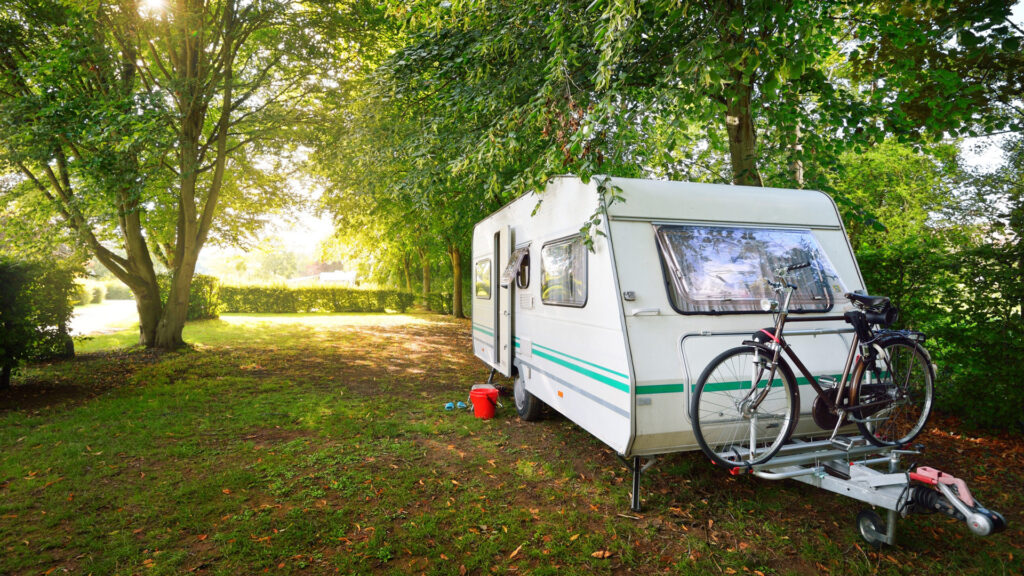
Navigating legal and practical aspects is crucial for a smooth RV living experience:
- Zoning Laws: Check local zoning regulations to ensure that stationary RV living is permitted in your chosen area. Some regions have specific rules for RV use and long-term stays.
- Mail Services: Set up a reliable mail forwarding service to receive your mail and packages. Many RVers use mail forwarding services that cater specifically to full-time RVers.
- Vehicle Registration and Insurance: Ensure your RV is properly registered and insured according to local regulations. This includes updating your address and vehicle registration if necessary.
10. Maintain Your RV for Long-Term Living
Regular maintenance is key to ensuring your RV remains comfortable and functional over time:
- Routine Maintenance Checklist: Keep track of routine maintenance tasks, such as checking the roof for leaks, inspecting tires, and cleaning filters. Regular upkeep prevents minor issues from becoming major problems.
- Address Issues Promptly: Address any issues or repairs as soon as they arise to avoid further damage. Prompt action can save you time and money in the long run.
- Prevent Common Problems: Take preventive measures to avoid common problems associated with stationary RV living. This includes maintaining seals, preventing mold growth, and keeping the RV clean and organized.
Discover Your Perfect RV Getaway at Black Hawk Creek RV Park
Ready to experience the ultimate South Dakota adventure? Stay at Black Hawk Creek RV Park & Cabins, your perfect base camp for exploring iconic attractions like the Badlands, Mount Rushmore, and Rapid City. Our year-round park offers a comfortable and convenient spot to relax and enjoy the beauty of South Dakota. Book your stay today and start making unforgettable memories!



